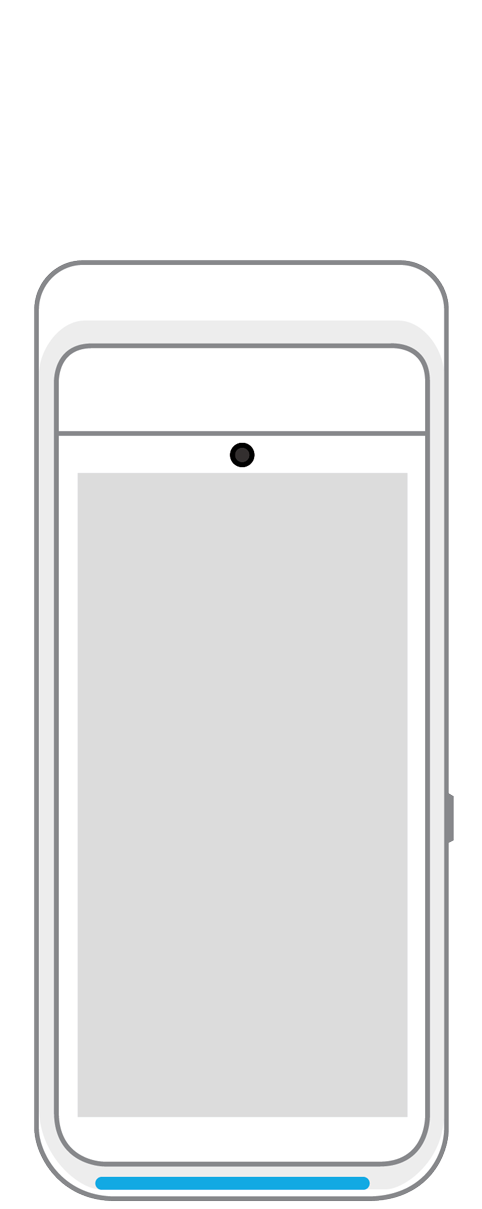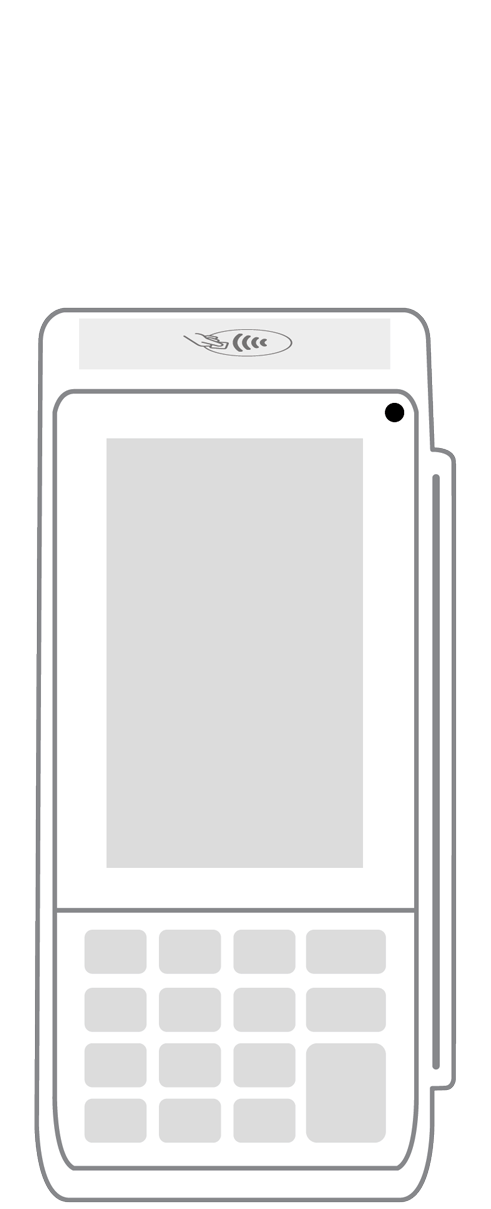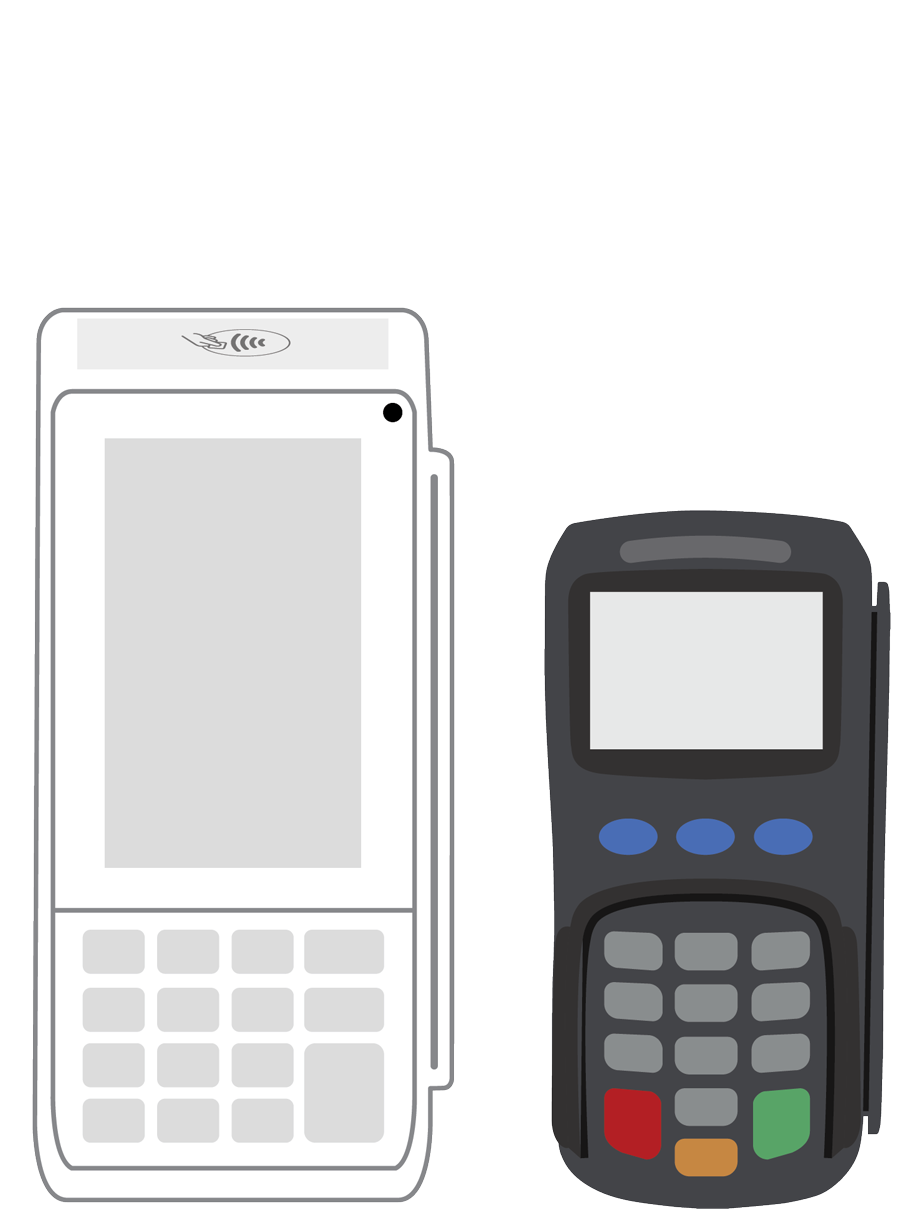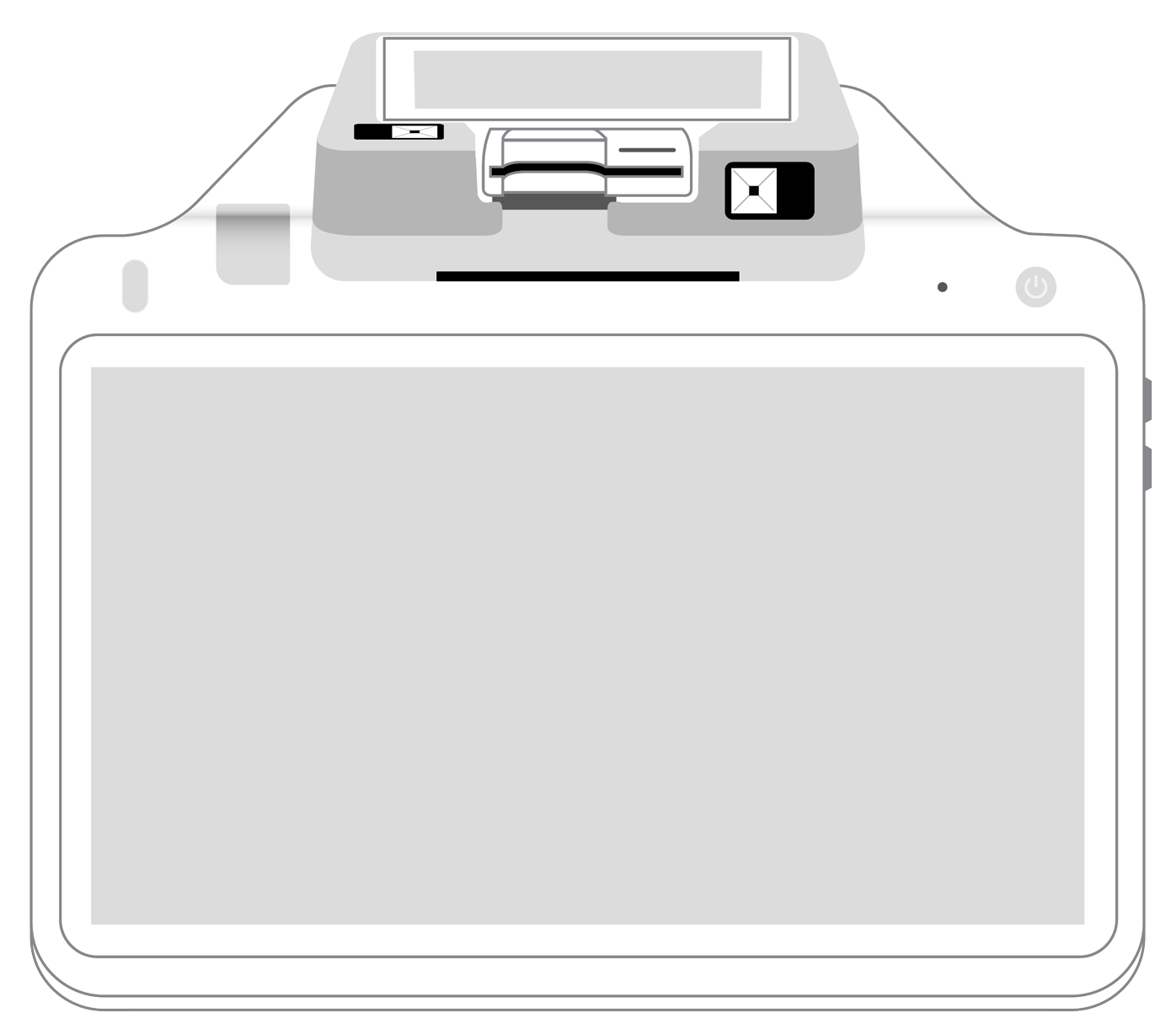Tips to Avoid Cash Flow Problems for Your Small Business

 Cash flow is the lifeblood of your business and you’re kidding yourself if you think growth will happen when it’s not consistent. Problems with cash flow affect every other aspect of your business. Here’s how to keep your cash flowing so you can stay on track for success.
Cash flow is the lifeblood of your business and you’re kidding yourself if you think growth will happen when it’s not consistent. Problems with cash flow affect every other aspect of your business. Here’s how to keep your cash flowing so you can stay on track for success.
Know your monthly expenses.
Visualizing recurring expenses, along with educated projections of fluctuating costs, helps you get a handle on how much you’re spending each month. Choose a physical budget book, a spreadsheet, or an accounting app. Then, list out expenses like rent, utilities, recurring inventory orders, loan and credit payments, equipment leases, business software subscriptions, taxes, and insurance.
Evaluate the monthly total with a critical eye, especially if it’s the first time you’ve taken a serious look at where your cash is going. If you’re putting out more than you realized you may need to take steps to trim costs.
Look for leaks.
The purchases you make can add up quickly and leave you wondering where all the money went. Get serious about tracking smaller purchases to see where you may unintentionally be wasting cash. This includes tracking employee spending by requiring receipts for everything they buy, even the incidentals.
After keeping records for a month or two, sit down and crunch the numbers. Determine which purchases are necessary and how you can save money on certain items. For example, you may be able to get office supplies from one of your vendors instead of rushing off to the nearest store when you find yourself running low. You could also place bulk orders for items you use frequently to secure a discount.
If you discover you’re making a lot of unnecessary purchases or employees lack discretion in their spending, it’s time to crack down and set some boundaries to prevent cash from flowing out faster than it comes in.
Get your books in order.
One critical mistake many business owners make is not creating an accounting plan right from the start. It’s easy to put aside bookkeeping when your business is first getting off the ground, especially if expenses are small and mostly predictable. However, failing to establish an accounting routine can leave you in the dark about cash flow until it’s too late.
Programs and applications like QuickBooks, FreshBooks, and Wave simplify business bookkeeping by integrating multiple factors affecting cash flow, such as expenses, invoicing, recurring payments, and business banking. Automating these processes helps you track transactions, but don’t fall into the trap of letting the software keep the books for you. It’s still essential to sit down at the end of every day and make sure all sales and expenses get recorded. Doing so allows you to stay on top of changes in cash flow and identify potential problems requiring attention.
Anticipate seasonal fluctuations.
It’s not uncommon for a business to make most of its money during one or two busy seasons and bring in very little cash the rest of the year. You know the common fluctuations in your industry and can look back at records from previous years to anticipate slow times and plan accordingly.
Determine how much cash you need to get through slumps. Then, when a prosperous season comes, set aside enough to cover your projected expenses. Base your projections on past trends and your own knowledge of customer behaviors, while being realistic in your estimations. Err on the side of caution to give yourself a buffer just in case a slow season turns out to be a dead season instead.
Set clear payment terms.
Nothing is worse than wasting valuable time chasing down customers who are late with their payments yet again. If you haven’t already, set clear terms with everyone to whom you send invoices. Thirty days, or net 30, is the most common window of time to give a customer, but you can choose longer or shorter terms based on your preferences. It’s also important to be clear about your late payment policy, including when fees will start to accumulate if a customer doesn’t pay by the due date. ;
Using accounting and invoicing software makes it easy to send payment reminders in advance of due dates. Follow through with late payment charges for any customer who fails to meet the deadline. This should deter late payments in the future and help you maintain a healthy cash flow.
Consider credit options.
What happens when you do everything you can and still don’t get cash on time? Don’t panic. There are backup sources you can use to cover expenses until invoice payments come in, or business picks up again. Many major credit card companies offer business cards with low rates, good credit limits, and cashback rewards. Check what’s available to find the best card for your business, and use it to cover emergency expenses as necessary.
Another option is to apply for a business line of credit from a local financial institution. Unlike loans, lines of credit don’t require monthly payments unless you draw on them. You’re given an upper limit you can borrow from at any given time, but you’re not obligated to take the full amount at once. Credit lines are good, not only for cash flow, but also for growth since they provide additional cash you can use to take advantage of deals on equipment, inventory, and other opportunities for business development.
Stay on top of financial obligations.
Guess what? Your vendors hate chasing you around for invoice payments as much as you hate calling your own customers. Your credit card issuer or the bank financing your line of credit probably isn’t too thrilled at the idea of late payments, either. Save them the headache and yourself the frustration by making payments on time. If you need to sign up for automatic payments or have your phone remind you when bills are due, do it. Late fees put a dent in cash flow and missing payments has a negative effect on your credit score.
If you dread seeing bills come in every month because you know you can’t pay or are getting sick of dodging calls from creditors, consider seeking help from a financial planner or a company who provides debt consolidation services.
Put payments in sync.
You might have trouble making payments if the invoices you send out have longer terms than the ones you receive. For example, if you give your customers 60 days to pay when suppliers expect payment in 30, you’re going to be in trouble. The problem compounds when your customers miss due dates and you don’t get the cash you expected. Invoice factoring is one way to deal with this problem, but it’s smarter to ensure you have money in hand to pay your bills instead of assuming you’ll get the full amount at a later date.
Renegotiate terms with vendors and customers to bring the timing of payables and receivables into sync. Don’t put yourself in a situation where you’re paying out to vendors while hoping customers will make good on their own payments.
Pump up your profits.
Take a look at your profit and loss statements to see where your business stands. Are you making a consistent profit, or are you in the red just as often as you’re in the black? Cash flow only works when there’s an actual flow, so if you’re seeing too much red, you need to create more ways to get cash into your business.
Consider adding more payment options, such as mobile credit card processing, electronic checks, down payments, or product and service subscriptions. Try launching a fresh marketing campaign aimed at drawing higher-paying customers. Get a little bolder about leveraging your network for sales opportunities. As your income increases, set aside enough to create a savings buffer to cover your business needs for at least two months should you encounter cash-flow issues in the future.
Perform a comparative analysis.
Each month, look at your cash flow projections and compare them to how things actually went with your business. Were things better or worse than you expected? Did your improved bookkeeping and planning allow you to realize the profits you were hoping for?
Whether or not you hit the mark, the information can help you make better plans for the future. It reveals strengths and weaknesses in your approach to finances, allowing you to improve your company’s performance by being more cautious with spending and smarter about saving.
Proper management of cash flow supports ongoing business growth. By planning in advance and making smart choices about where every dollar goes, you can minimize potential problems with finances and maintain a consistent income. Reassess your approach on a regular basis to visualize your successes. Then, respond appropriately to changes to ensure you always have enough money available.
More from Business tips
 3-in-1 Reader |  Terminal |  Keypad |  PINPad Pro |  Flex |  POS+ | |
|---|---|---|---|---|---|---|
Payment types | ||||||
EMV chip card payments (dip) | ||||||
Contactless payments (tap) | ||||||
Magstripe payments (swipe) | ||||||
PIN debit + EBT | ||||||
Device features | ||||||
Built-in barcode scanner | ||||||
Built-in receipt printer | ||||||
Customer-facing second screen | ||||||
External pinpad | ||||||
Wireless use | ||||||
Network | ||||||
Ethernet connectivity | With dock | |||||
Wifi connectivity | ||||||
4G connectivity | ||||||
Pricing | ||||||
Free Placement | ||||||